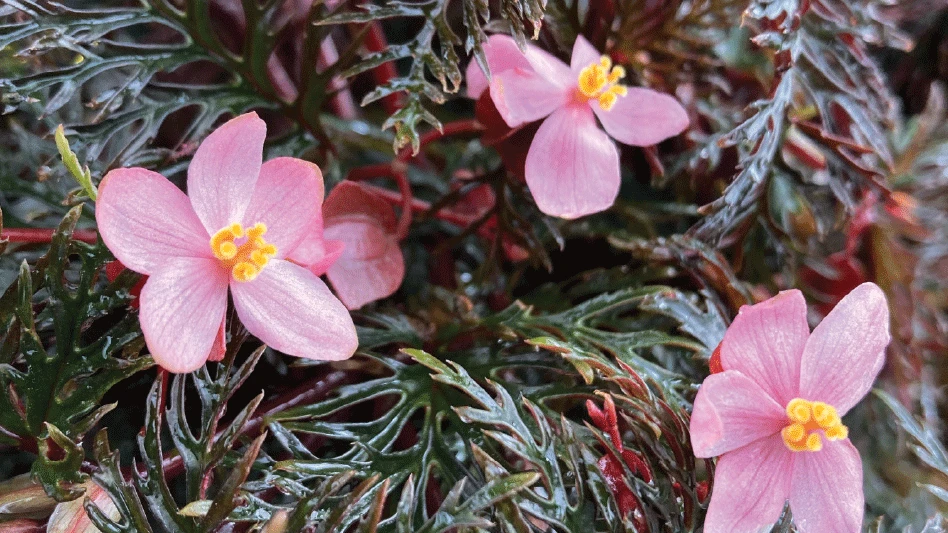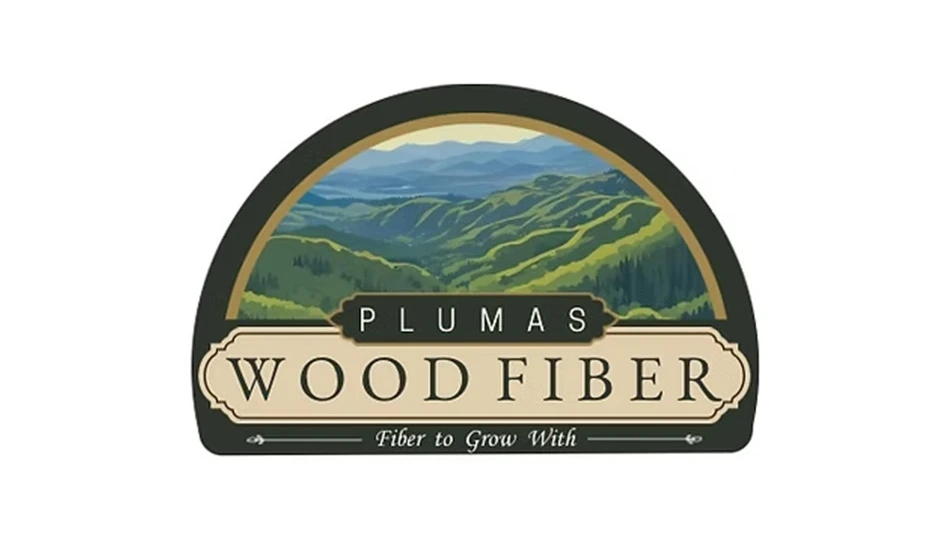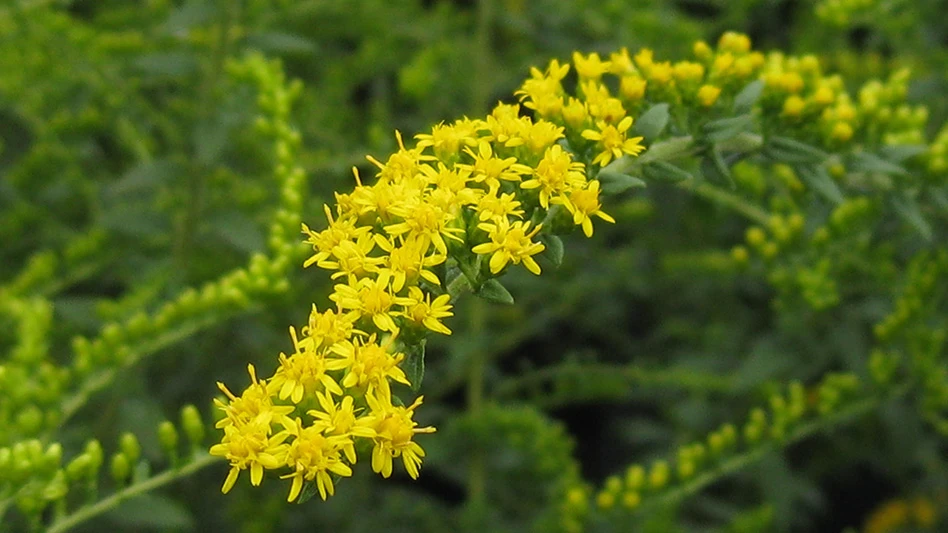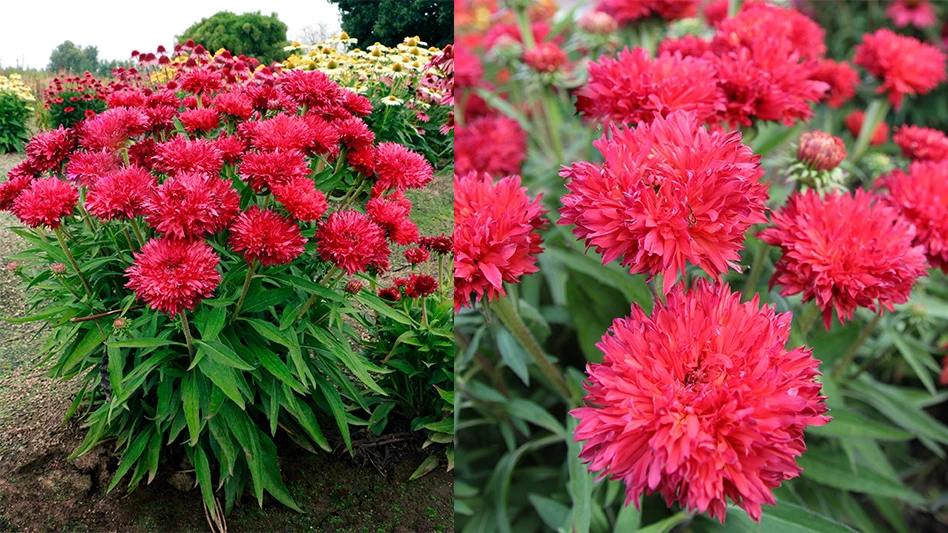
Photo by Paige Kennedy

One of my favorite Seinfeld episodes is the one about the pig-man, where Kramer was certain he saw a half man, half pig in a hospital bed. Mythology is replete with other interesting animal crosses. Fauns are half goat and half man, and of course mermaids are half woman and half fish. In the plant kingdom, there are lots of plants that look like one thing but are really something quite different. For example, we have carrot fern. It looks like a carrot on top, but Bugs Bunny would be sorely disappointed by the roots. A fascinating plant to me, and one that stumped me when I first saw it, was the fern leafed begonia, Begonia bipinnatifida. Native to New Guinea, it grows as a small shrub to about 12 inches tall. It has dark red stems and fine leaves that have a fern-like appearance. It has occasional pink flowers, a bright, soft pink, like the nose of pig-man.
Because it’s native to New Guinea, which is hot and humid year-round, B. bipinnatifida really wants those growing conditions in horticultural and home cultivation as well. We’ve grown it successfully at Little Prince for several years. Our houseplant range maintains a consistent 75-85% relative humidity with bottom heat never falling below 72 °F, and the air temperature stays in the mid 80s. This begonia would probably like it to be a bit warmer. It loves to be in a well-lit terrarium, and that’s how I recommend trying to grow it at home. Water it sparingly, allowing the top half of the soil to dry out between waterings. It’s quite easy to propagate from stem cuttings.
B. bipinnatifida is susceptible to several fungal diseases including powdery mildew and pythium root rot. Prudent watering practices go a long way to prevent pythium, and air circulation helps to control powdery mildew.

Explore the August 2024 Issue
Check out more from this issue and find your next story to read.
Latest from Nursery Management
- Pennsylvania Horticultural Society shares top gardening trends from 2025 Philadelphia Flower Show
- California Spring Trials 2026 dates announced
- Les Evans promoted to DRAMMwater segment manager, Al Zylstra to retire
- Hoffmann Family of Companies to acquire N.G. Heimos Greenhouses
- The Growth Industry Episode 3: Across the Pond with Neville Stein
- Southern Garden Tour sets 2025 dates for trial garden open houses
- GIE Media Horticulture Group wins five regional 2025 Azbee Awards of Excellence
- How to create a sustainable plant nursery





